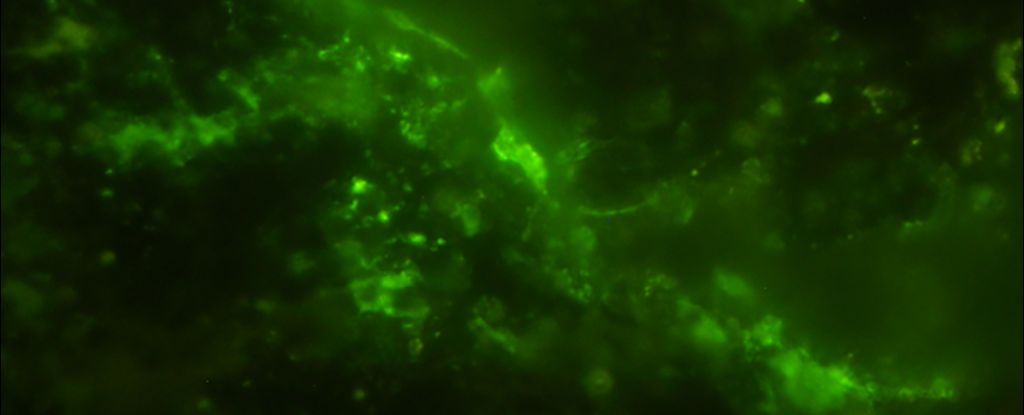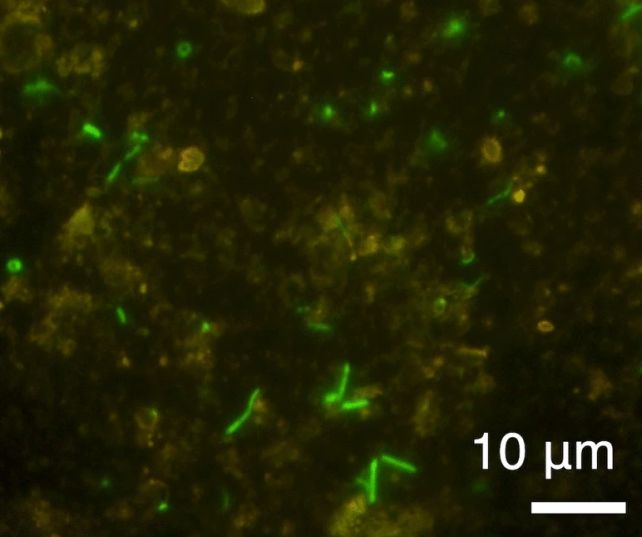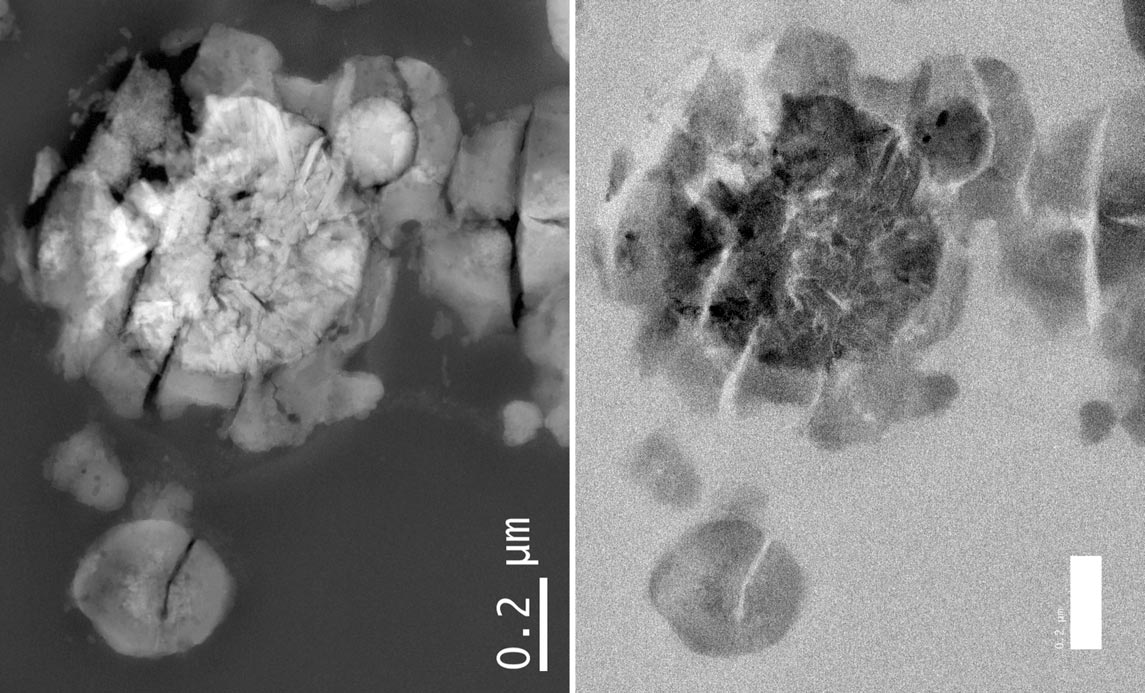Overview
The question of whether there are living rocks on Earth stems from two related but distinct observations. On one hand, rocks themselves are inert, non-living entities composed of minerals. On the other hand, they can act as natural shelters for living organisms, especially resilient microorganisms that inhabit tiny crevices. This report explores both aspects by integrating recent discoveries of microbes living within ancient rocks and the fundamental nature of rocks as non-living materials.
The Non-Living Nature of Rocks
Rocks are, by definition, non-living. As explained in one source, a rock is a solid mass of geological materials that does not move, grow, or reproduce. The text points out that even though rocks can host living matter, they themselves do not have cells or metabolic processes. Specifically, the explanation clarifies that even though a rock can contain bacteria or other forms of life, the rock is not alive because it lacks the freedom to move, process energy, or reproduce on its own[4]. This perspective draws a clear distinction between the inert nature of the rock and the dynamic life forms that might be found within or on its surface.
Microorganisms Within Ancient Rocks
Recent scientific studies have demonstrated that microorganisms have been discovered living deep within ancient rocks. In an extraordinary discovery, researchers identified microbial cells residing in minuscule fractures of a 2-billion-year-old volcanic rock from South Africa[1]. The study involved staining the microbial DNA and imaging the cells using advanced microscopy techniques. The researchers confirmed that these cells were indigenous to the rock sample, as they compared them with potential contaminants. One key observation was the intact cell walls of these microbes—a clear indication of life, even after billions of years. A similar study described in another source highlighted that these microbes had been living in isolation for far longer than any previously known subterranean microbial community, a fact that broke records previously held by 100-million-year-old seafloor sediments[2].
Endolithic Life in Extreme Environments
The concept of life within rocks is frequently linked to the study of endoliths—organisms that live inside rock substrates or within mineral grain boundaries. Endoliths are found in various environments ranging from surface rocks to deep terrestrial and ocean crusts[3]. These organisms often include members of the Bacteria, Archaea, and Fungi kingdoms and can exist under extreme conditions, such as in total darkness and with limited access to nutrients. The presence of these endolithic communities has not only expanded our understanding of the resilience and adaptability of life on Earth, but it also underscores the potential for similar life forms to exist on other planets, where surface conditions may be harsh but subsurface environments could offer viable habitats.
Geological and Astrobiological Implications
The discoveries of living microbes inside ancient rocks have significant implications for both geology and the search for extraterrestrial life. While rocks themselves are clearly non-living, as detailed in the explanation from Yes Dirt[4], the fact that living organisms can thrive within them offers a unique perspective on the preservation of life over geological timescales. For example, the discoveries in the Bushveld Igneous Complex not only provide clues about the early evolution of life on Earth but also suggest that similar rock formations on Mars might harbor living microorganisms[1][2]. This connection between deep Earth biology and astrobiology has led researchers to consider the deep subsurface as an important area for ongoing exploration and study.
Conclusion

In summary, while rocks are inherently non-living entities that do not possess growth, metabolism, or reproduction, they can nonetheless serve as hosts to life. The existence of resilient microbial communities within ancient rock formations demonstrates the remarkable capacity of life to colonize and persist in even the most inhospitable environments. This duality—that rocks are non-living yet capable of nurturing living organisms—is central to our understanding of both geological processes and biological evolution. The findings serve as a poignant reminder that life finds a way, even in the seemingly inert corners of our planet[1][2][3][4].
Get more accurate answers with Super Pandi, upload files, personalized discovery feed, save searches and contribute to the PandiPedia.
Let's look at alternatives:
- Modify the query.
- Start a new thread.
- Remove sources (if manually added).



